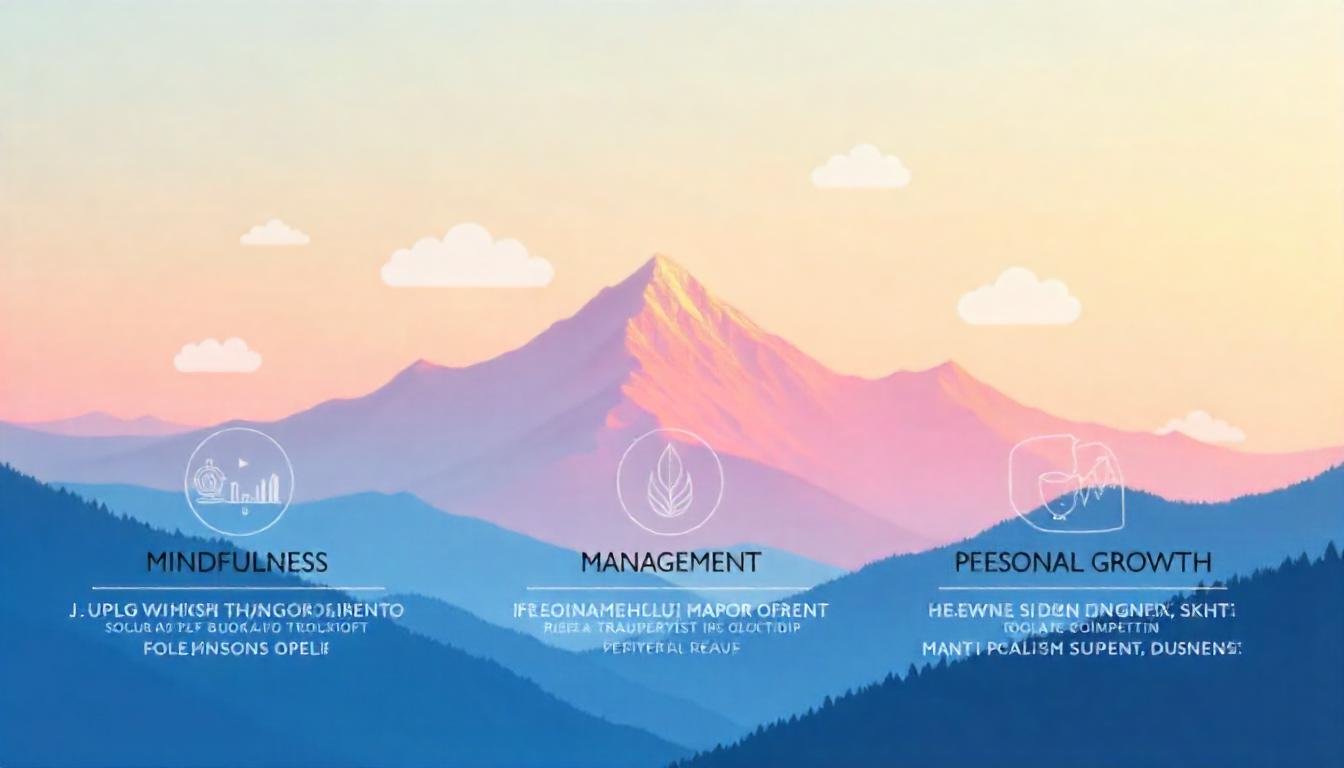The New York Times (NYT) is synonymous with groundbreaking journalism, capturing pivotal historical moments and giving readers a front-row seat to world-shifting events. But hidden within its archives lies another fascinating layer—bizarre, humorous, and utterly wackadoodle stories that offer glimpses into the quirks of humanity across time. These quirky gems reveal how much we’ve changed—and how much we’ve stayed the same. This blog will take you on a captivating, totally wackadoodle NYT voyage through the past, exploring strange headlines, the process of accessing these records, their cultural significance, and the promise of digital preservation.
Uncovering the Unconventional
The phrase “totally wackadoodle NYT” might pique curiosity, and rightly so! The New York Times archives are full of stories that leave you scratching your head or laughing out loud. Here are some standout examples:
The 19th-Century Turtle Craze
Did you know there was an era when people believed turtles could predict the weather? Articles from the late 1800s detail how observers would watch turtles’ movements to forecast storms. Totally wackadoodle – right? But it’s a testament to the human need for understanding natural phenomena, no matter how charmingly odd.
The Dog With a Bank Account
A 1912 NYT piece reports on a wealthy man leaving part of his fortune to his beloved dog—along with their own bank account. The story provides insights into early 20th-century pet culture and how some things (like doting on our pets) haven’t changed much, except for perhaps the size of those trust funds.
Viral Pranks of Yore
Before TikTok or Instagram challenges, there were headline-grabbing practical jokes chronicled by the Times. An early 1900s article recounts a prank about “spaghetti growing on trees,” duping thousands who genuinely expected a spaghetti crop.
These are the types of stories that pepper the NYT archives, showing us not just major world events but peculiarities that reflect evolving human interests.
The Journey Through Time
Exploring the totally wackadoodle NYT experience has become easier than ever, thanks to advancements in technology. Here’s how you can access these archives and begin your own deep dive into history:
Accessing NYT Archives Today
- Online Access at Your Fingertips
The NYT digital archive spans back to 1851! With powerful search tools, you can locate stories by keyword, date, or even topic—making it convenient to explore from anywhere in the world.
- Physical Archives for a Hands-On Experience
Certain libraries and research centers grant access to physical collections of newspapers. For some, the tactile process of turning the pages of history is an adventure in itself.
Advanced Technology Drives Exploration
Machine learning and AI tools allow users to comb through millions of entries with remarkable speed. These tools not only help locate stories but even suggest related content you otherwise might not have found—enhancing the joy of rediscovery.
Insights from the Past
While the completely “totally wackadoodle NYT” stories may seem whimsical, they shed light on broader societal narratives:
Understanding Cultural Shifts
- Historical Quirks Reflect Social Norms
Stories like weather-predicting turtles not only amuse but also showcase how limited scientific knowledge fueled inventive methods of understanding.
- Editorial Priorities Reflect Values
The prominence certain stories were given also shows what resonated with readers at the time, whether it was personal fortunes, hygienic practices, or marveling at new inventions.
Seeing History Unfold
NYT archives provide invaluable context about technology, politics, and lifestyle shifts that shaped the human experience. Strange historical tidbits also lend charm to our shared global history.
Personal Reflections
For those who’ve spent countless hours exploring the archive, it’s akin to treasure hunting. Personally, I recall stumbling upon a story of an “Electric Coffee Mug” revolutionizing office culture—a concept hilarious in hindsight but groundbreaking decades ago.
The process is addictive; you find one peculiar story, and you’re rapidly led down a rabbit hole of wondrous discoveries. It’s a priceless way to feel connected to human history’s tapestry.
The Future of Archives
Fast-forwarding into the 21st century begs the question—what role do digital archives play in preserving our historical narrative?
Key Benefits:
- Wider Access to Global Audiences
Anyone with Internet access can explore vast datasets of historical content at their convenience.
- Safeguarding Fragile History
Original paper copies—often deteriorating—can be scanned and preserved digitally to protect their stories for future generations.
Challenges Ahead
Digital preservation encounters problems of obsolescence. File formats, servers, and rapidly evolving technology could one day threaten access to materials stored digitally.
Nonetheless, the role of companies like NYT in maintaining exceptional archives enables researchers, students, and history enthusiasts to connect with the past.
How Archives Are Bridging A Gap
Digital archiving has become essential to bridging generational gaps, allowing younger generations to explore how society, culture, and their corner of the world have transformed alongside technology.
What’s Next for You?
Do you feel inspired to start your own archival deep-dive? The totally wackadoodle NYT stories are not just fun to read—they offer immense value in understanding history from unconventional perspectives. Set aside time to browse the archives; you may just find your own “spaghetti tree” moment!
You May Also Like: Why I’m No Longer a Fan of NYT: A Personal Perspective
Conclusion
Exploring historical archives isn’t just a way to unearth quirky stories and fascinating moments from the past—it’s an opportunity to connect with history in a meaningful and personal way. By engaging with these records, we gain insights into how far we’ve come and recognize the patterns that continue to shape our world. Whether for inspiration, amusement, or deeper understanding, archival treasures remind us that history is not just a collection of dates but a vibrant tapestry of human experiences waiting to be rediscovered.
FAQs
What is the New York Times Archive?
The NYT Archive is a comprehensive collection of published articles dating back to 1851, providing valuable insight into historical, political, and cultural events.
Can anyone access the NYT archives?
Yes, the NYT archives are available online through subscription. Libraries and research centers may also offer free access.
What tools are useful for searching articles?
Advanced search tools (like keyword and date filters) on the NYT website are highly efficient. AI tools may also aid in historical research.
Why are quirky (or wackadoodle) stories significant?
They provide colorful context to historical eras, humanize the past, and showcase society’s evolving values and interests.
How can I start exploring the totally wackadoodle NYT stories?
Begin browsing the NYT archive online by searching for unusual keywords like “strange invention,” “peculiar stories,” or “forgotten headlines.”










